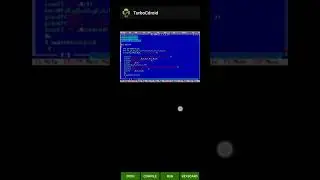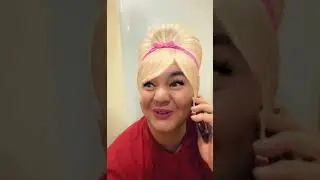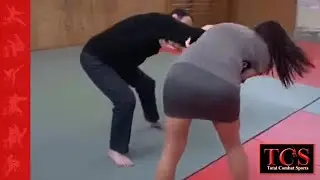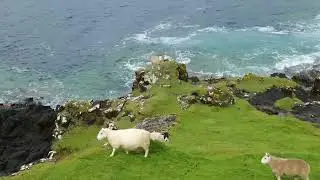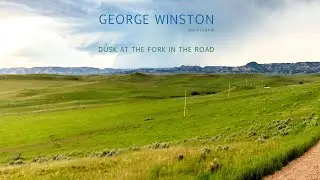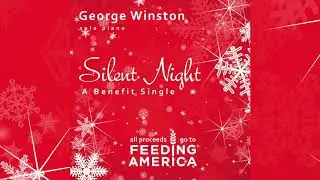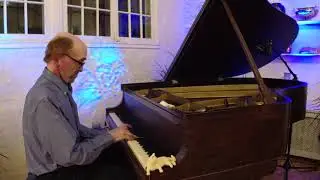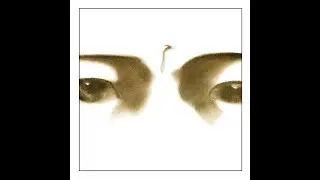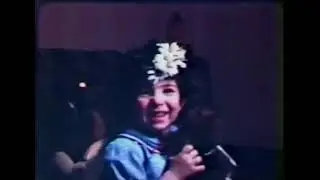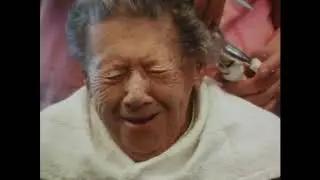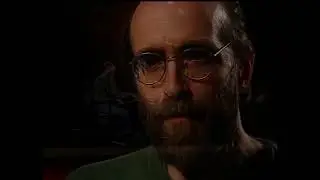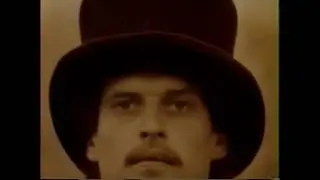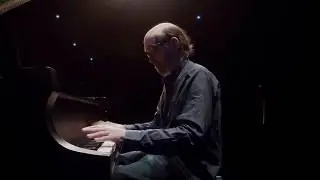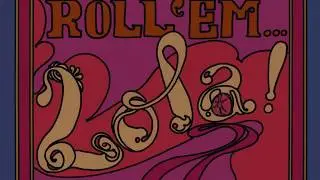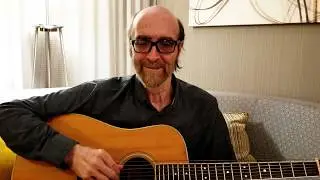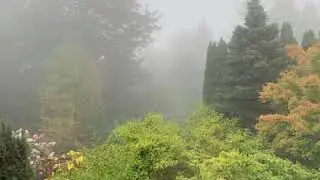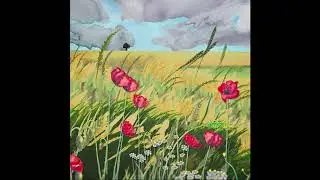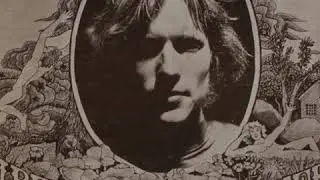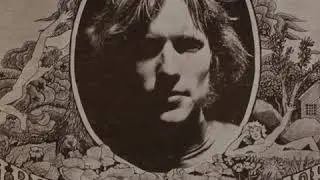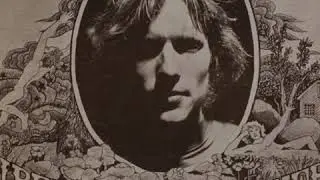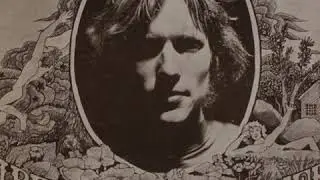George Winston plays Vince Guaraldi's Cast Your Fate to the Wind (2020)
New video of George Winston playing Vince Guaraldi's impressionistic standard and hit composed sometime between the late 1950s and the early 1960s, Cast Your Fate to the Wind. It first appeared on Vince's 1962 album JAZZ IMPRESSIONS OF BLACK ORPHEUS, a collection based on his interpretations of Antonio Carlos Jobim and Luiz Bonfa songs from the classic 1959 film. Cast Your Fate to the Wind was originally the B side of the 45 RPM single from the album, with the A-side being Samba De Orpheus (the Luiz Bonfa/Antonio Carlos Jobim main theme from the film BLACK ORPHEUS), but disc jockey Tony Bigg and program director Buck Herring, at radio station KROY in Sacramento, California turned it over and played Cast Your Fate to the Wind instead, and played it every hour, which led to it becoming a national hit. As a testament to Cast Your Fate’s long-standing appeal, dozens of artists have recorded it through the years. Two other notable hit renditions are a 1965 version by the Sounds Orchestral with pianist John Pearson (reaching number 10), and a 1966 version by jazz pianist Jimmy Wisner. Also around this time, popular vocal versions were recorded by Steve Alaimo, Johnny Rivers, and Shelby Flint.
In this composition, Vince used one of his favorite chord progressions, the Latin-based (and universal) I to IV to V chords (here with the Ab Major, Db Major, and Eb Major chords), and he also used it effectively in pieces such as Skating, A Charlie Brown Thanksgiving, Treat Street, and You’re in Love Charlie Brown, Christmas is Coming, and in several other compositions of his. Cast Your Fate is in the key of Ab, one of Vince Guaraldi’s favorite keys, and one he used more often than most other jazz pianists. I was also inspired by Monte Budwig’s bowed bass in the main melody verses of Vince’s original version to sometimes pluck the piano string on the lowest Ab note to get a similar type of sustain. The challenge and personalization Cast Your Fate for each artist who has played it and recorded it is what to do with the improvised section in the middle of the song. It has been played in many different ways by many artists. My middle section arrangement has three parts:
1. the first part is a short impressionistic section;
2. in the second section I play a progression that Vince used in his version of My Little Drum on the album A CHARLIE BROWN CHRISTMAS (and Vince recorded another version of it with the title Menino Pequeno da Bateria on his album FROM ALL SIDES);
3. AND in the third section, I play the Brazilian folk tune Viro Mundo Penba, as arranged by the great Brazilian guitarist Bola Sete (1923-1987), on his solo guitar album OCEAN MEMORIES. Vince and Bola first met through jazz trumpet legend Dizzy Gillespie at the 1962 Monterey Jazz Festival. They later collaborated on three albums for the Fantasy label in the mid-1960s, as well as for a program filmed in 1963 for Ralph J. Gleason’s PBS television show, JAZZ CASUAL (now issued on CD and DVD).
At the end of the song here, the piano is muted by damping the strings with the left hand, while playing the keys with the right hand.
Learn more about George Winston at GeorgeWinston.com


